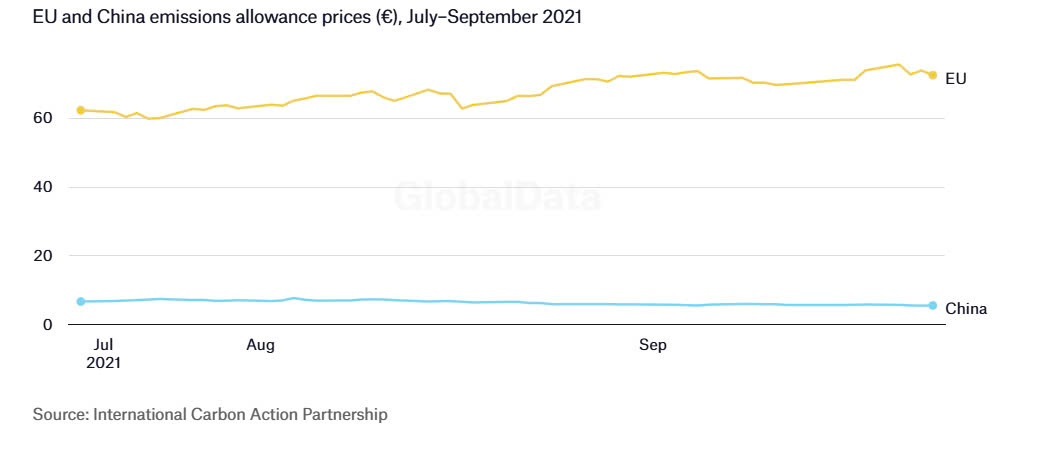Launched in 2021, China's National Emissions Trading System (ETS) aims to contribute to the effective control and gradual reduction of carbon emissions. It has rapidly become the world’s largest carbon market by covering emissions, encompassing approximately 5 billion tons of CO₂ annually and accounting for over 40% of China’s total CO₂ emissions.
Unlike other carbon markets, China's ETS is unique in its focus on carbon intensity—measuring emissions per unit of output—rather than total emissions. The system initially targeted the power sector, which became the first industry included in the carbon market.
According to the development plan, by 2025, eight major sectors—power, building materials, steel, non-ferrous metals, refining and petrochemicals, chemicals, paper, and aviation—will gradually be integrated into the market, provided they meet the necessary conditions for participation.
1. Approaching
China's ETS uses a bottom-up approach, granting free emission allowances to covered companies based on a national benchmark that compares carbon intensity across industries and products with verified emissions. Allowances match verified emissions, focusing on reducing carbon intensity rather than capping total emissions, making it a stepping stone toward a full cap-and-trade system. Covering 2,257 companies, the ETS reflects China's phased strategy to build a comprehensive carbon market while balancing economic and industrial priorities.
